The next time you step outside, take a moment to notice what’s really happening around you. While your eyes might focus on towering trees or distant mountains, the real magic is happening right under your nose – in spaces so tiny you could miss them with a single blink. That ladybug crawling across your arm carries more significance than most corporate CEOs. The dandelion seed floating past your window possesses navigation skills that would make NASA engineers jealous. And that raindrop sliding down your car window? It’s about to trigger a chain reaction that feeds entire ecosystems.
The Invisible Army That Runs Our World

Every square meter of soil beneath your feet contains more living organisms than there are people on Earth. These microscopic creatures work 24/7 without vacation days, sick leave, or coffee breaks. They break down dead plants, recycle nutrients, and create the foundation that allows every plant you see to exist. Without them, our planet would be buried under mountains of dead organic matter, and nothing new could grow. Think of them as nature’s ultimate recycling crew, except they’re so efficient they make human recycling efforts look like child’s play. Their work happens silently, but remove them from the equation, and our entire food system collapses within months.
When Tiny Wings Move Mountains

A single bee visits roughly 2,000 flowers on a good day, and her fuzzy body becomes a living transport vehicle for pollen. This might sound like simple flower-hopping, but she’s actually performing one of the most crucial jobs on the planet. Every third bite of food you eat exists because of pollinators like her. Without these small flying workers, grocery stores would look dramatically different – no apples, no almonds, no coffee, and definitely no chocolate. The economic value of pollination services exceeds $200 billion globally each year. Yet these tiny creatures face threats from pesticides, habitat loss, and climate change, making their conservation one of the most pressing issues of our time.
Seeds: Nature’s Time Capsules

Inside every seed lies a complete instruction manual for building a living organism, written in genetic code more complex than any computer program. Some seeds can remain dormant for decades, waiting for the perfect conditions to spring into action. The oldest viable seeds ever discovered were over 2,000 years old, yet they still grew into healthy plants when scientists provided the right environment. Seeds travel incredible distances using wind, water, and animals as their transportation network. A single maple tree can produce thousands of helicopter-like seeds each year, each one carrying the potential to become a towering giant that will outlive several human generations.
The Hidden Social Networks of Fungi

Beneath the forest floor exists an internet more sophisticated than anything humans have created. Fungal networks, called mycorrhizae, connect tree roots across vast distances, allowing them to share nutrients, water, and even information about threats. A mother tree can actually send carbon to her struggling offspring through these underground cables. Scientists have discovered that trees under attack by insects can warn neighboring trees through these fungal connections, enabling them to boost their chemical defenses before the threat arrives. This “wood wide web” challenges everything we thought we knew about plant intelligence and cooperation in nature.
Raindrops: The Ultimate Delivery System

Each raindrop that falls contains dissolved minerals, nutrients, and even tiny organisms collected during its journey through the atmosphere. When raindrops hit the ground, they don’t just provide water – they deliver a chemical cocktail that feeds plants and microorganisms. The impact of raindrops on soil also releases aerosols that can travel thousands of miles, spreading beneficial bacteria and fungi to new locations. In tropical forests, the sound of rain hitting leaves actually triggers certain plants to begin their reproductive cycles. Some desert plants have evolved to shape their leaves like tiny funnels, maximizing every precious drop that falls during rare rainfall events.
Ant Societies That Put Human Cities to Shame

A typical ant colony operates with efficiency levels that would make urban planners weep with envy. These tiny insects have mastered traffic management, waste disposal, agriculture, and even climate control inside their underground cities. Leafcutter ants don’t actually eat the leaves they harvest – they use them to cultivate fungus gardens that feed their entire colony. Some ant species have developed sophisticated farming techniques, including pest control and crop rotation, millions of years before humans discovered agriculture. Fire ants can link together to form living bridges and rafts, demonstrating engineering principles that inspire modern robotics research.
The Secret Life of Decomposers

While most people find them disgusting, decomposer organisms perform the most essential cleanup job on Earth. Bacteria, fungi, and tiny invertebrates break down every dead plant and animal, preventing our planet from drowning in organic waste. Without decomposers, nutrients would remain locked in dead tissue forever, making new life impossible. These organisms work so efficiently that a fallen leaf can be completely recycled back into soil nutrients within a single growing season. Some decomposer bacteria can even break down oil spills and plastic waste, offering hope for solving human-made environmental problems.
Microscopic Ocean Powerhouses
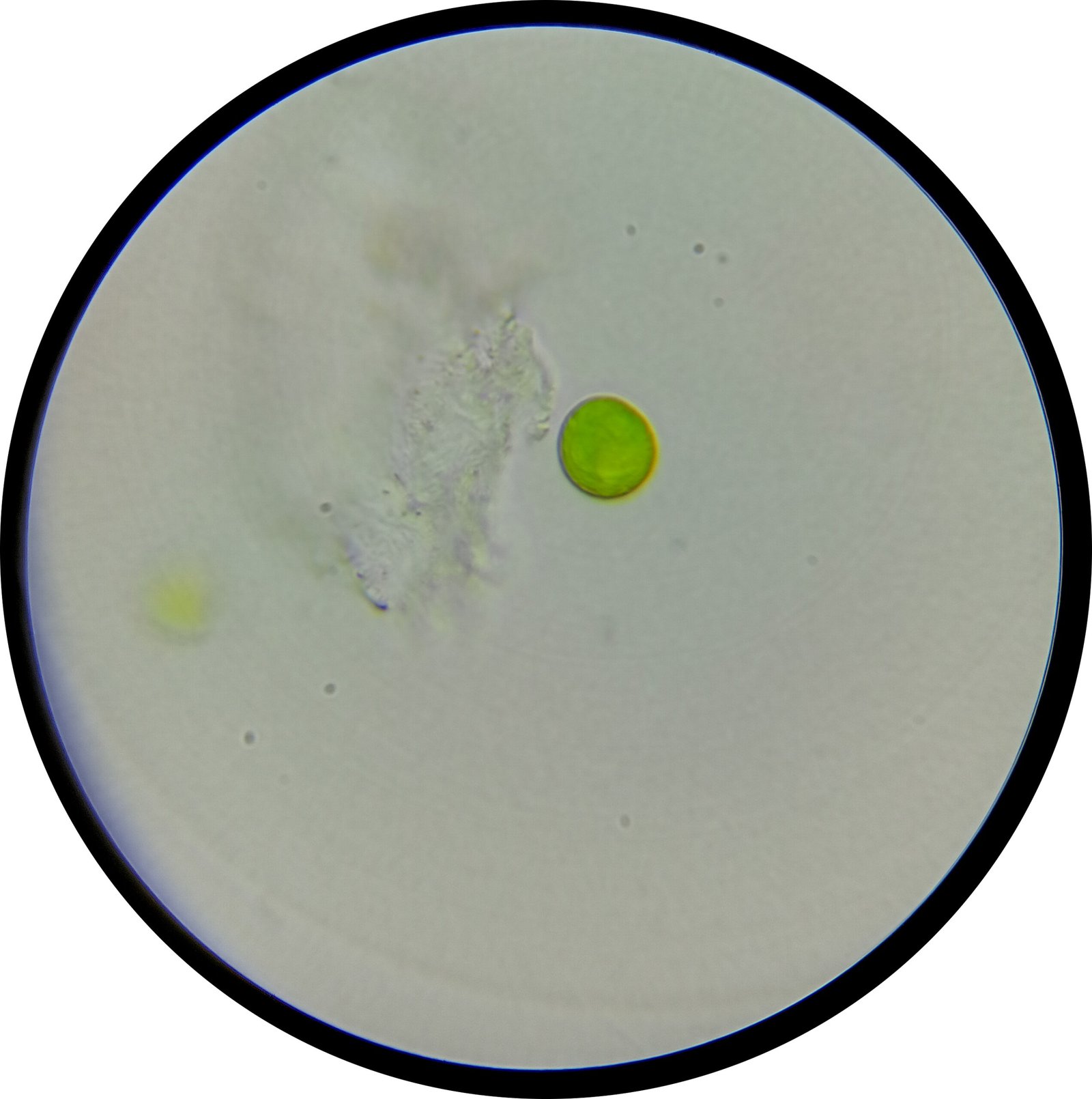
Phytoplankton are so small you need a microscope to see them, yet they produce over half the oxygen you breathe every day. These tiny marine organisms also absorb massive amounts of carbon dioxide from the atmosphere, helping to regulate global climate patterns. A single drop of seawater can contain thousands of different species of microscopic life, each playing a unique role in marine ecosystems. When these organisms die, they sink to the ocean floor, carrying carbon with them and effectively removing it from the atmosphere for thousands of years. Their populations fluctuate with ocean temperature and chemistry changes, making them crucial indicators of ocean health.
Butterfly Wings and Weather Patterns
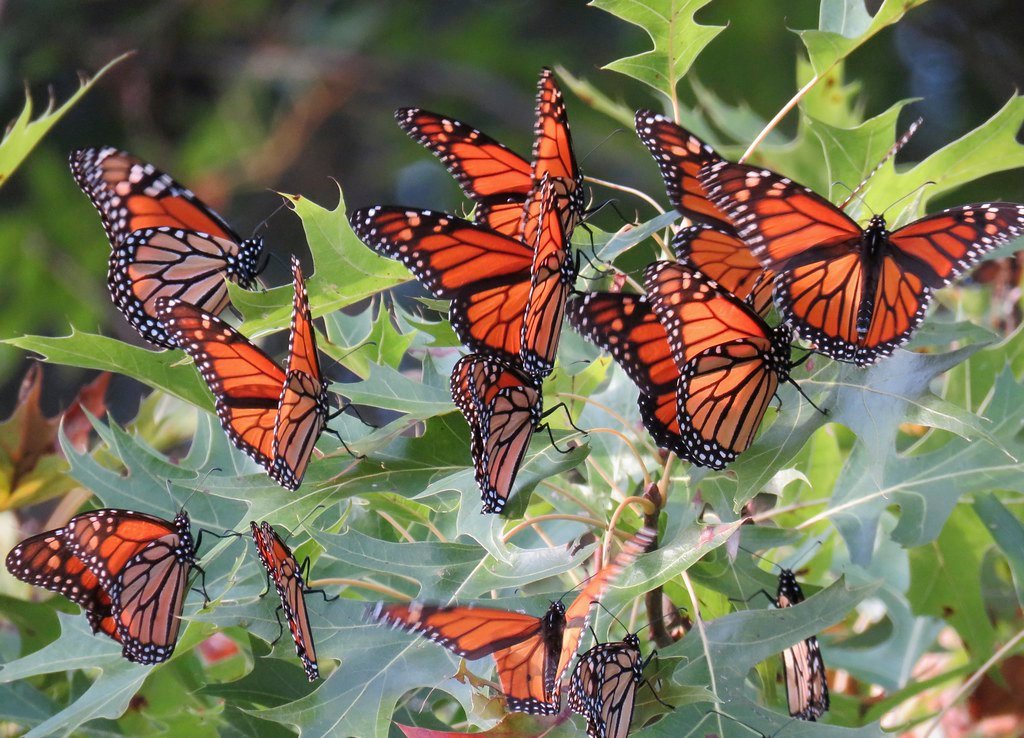
The famous “butterfly effect” isn’t just a metaphor – it represents a real principle in how small changes can create massive consequences. Butterflies and other small flying insects contribute to local weather patterns through their collective movements and the heat they generate during flight. Their migration patterns often follow and influence wind currents across continents. Some butterfly species travel thousands of miles during migration, using environmental cues so subtle that scientists are still trying to understand their navigation methods. Climate change is shifting these ancient migration routes, forcing these delicate creatures to adapt to new conditions or face extinction.
The Chemistry of Falling Leaves

When leaves change color and fall in autumn, they’re performing complex chemical reactions that rival any laboratory process. Trees carefully withdraw valuable nutrients from their leaves before dropping them, recycling chlorophyll and other compounds for use next spring. The colorful compounds left behind serve as natural sunscreen, protecting the remaining nutrients during the withdrawal process. Fallen leaves create a protective blanket over soil, insulating plant roots and providing habitat for countless small organisms throughout winter. As they decompose, leaves release nutrients in a slow, controlled manner that perfectly matches the growing needs of surrounding plants.
Soil: The Foundation of Everything

What most people call “dirt” is actually one of the most complex ecosystems on Earth, containing more biodiversity than tropical rainforests. It takes hundreds of years to form just one inch of topsoil through the slow breakdown of rocks, organic matter, and countless biological processes. Healthy soil acts like a giant sponge, absorbing and filtering water while preventing floods and droughts. Soil organisms produce natural antibiotics, including penicillin, which revolutionized human medicine. Modern industrial agriculture has depleted soil quality worldwide, making soil conservation one of the most critical challenges for feeding future generations.
The Navigation Secrets of Seeds
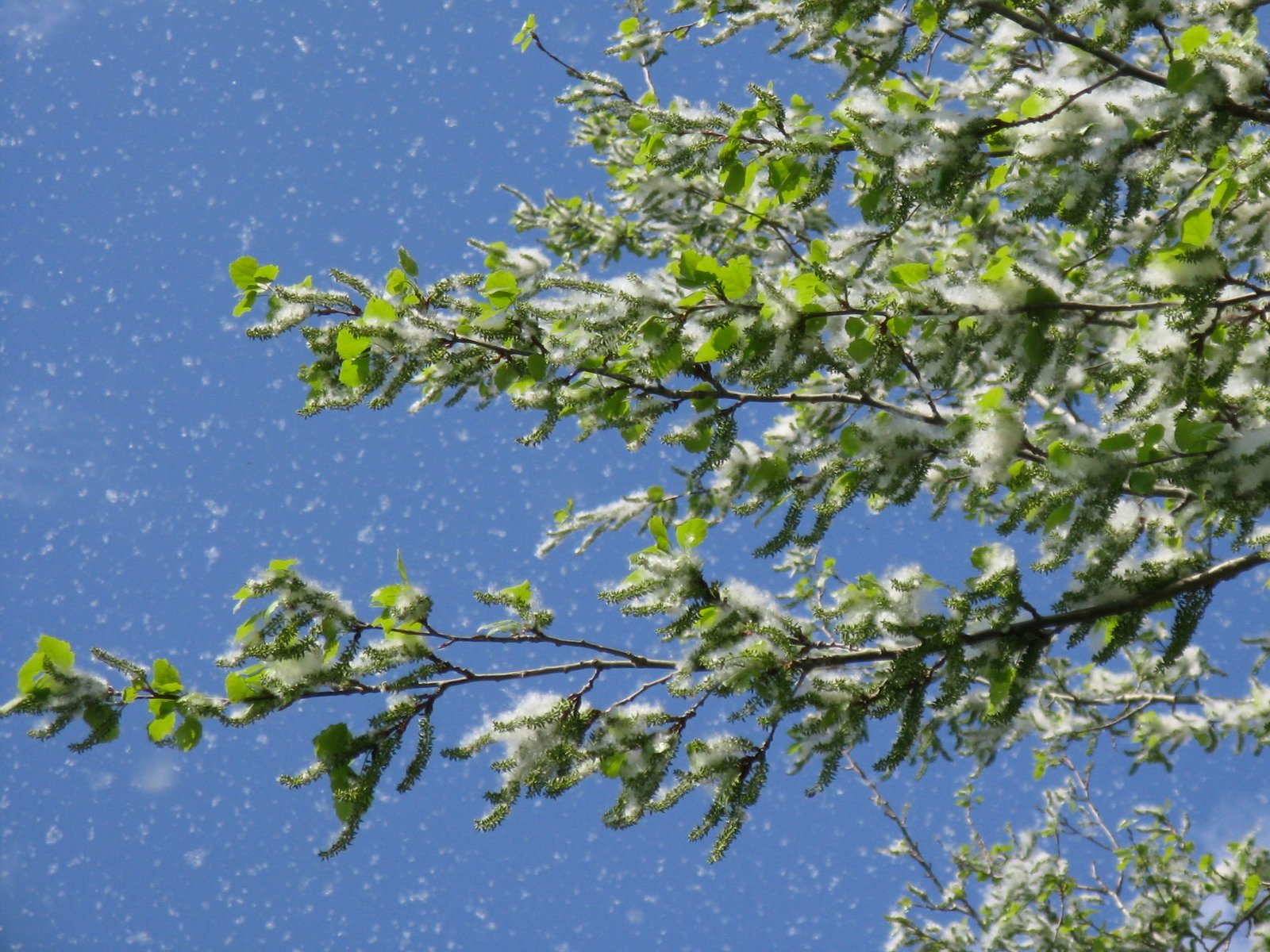
Seeds have evolved incredible strategies for reaching the perfect growing location without any conscious thought or planning. Dandelion seeds can travel over 100 miles on air currents, using their feathery structures to catch updrafts and navigate wind patterns. Maple seeds spin like helicopter rotors, allowing them to glide away from their parent tree and avoid competition for resources. Some seeds have hooks or sticky surfaces that attach to animal fur, essentially hitchhiking to new locations. Water-dispersed seeds can float for months in ocean currents, colonizing remote islands thousands of miles from their origins.
Insect Engineering Marvels

Insects have solved engineering problems that still puzzle human designers, often using materials and techniques we’re only beginning to understand. Honeybees construct hexagonal cells with mathematical precision, creating structures that use the minimum amount of wax for maximum storage space. Spider silk is stronger than steel by weight, yet completely biodegradable and produced at room temperature using only protein and water. Termite mounds maintain constant temperature and humidity through passive ventilation systems that inspire modern green building design. Beetle shells demonstrate impact resistance that exceeds many synthetic materials, leading to advances in protective gear and vehicle design.
The Ripple Effects of Extinction

When a small species disappears, the consequences ripple through ecosystems in ways that can take decades to fully understand. The extinction of a single pollinator species can doom dozens of plant species that depend on it for reproduction. The loss of a key decomposer can disrupt nutrient cycling across entire forests. Small predators often control pest populations, and their disappearance can lead to agricultural disasters and disease outbreaks. Scientists estimate that species are currently going extinct at rates 100 to 1,000 times faster than natural background rates, primarily due to human activities.
Climate Regulation by the Smallest Players
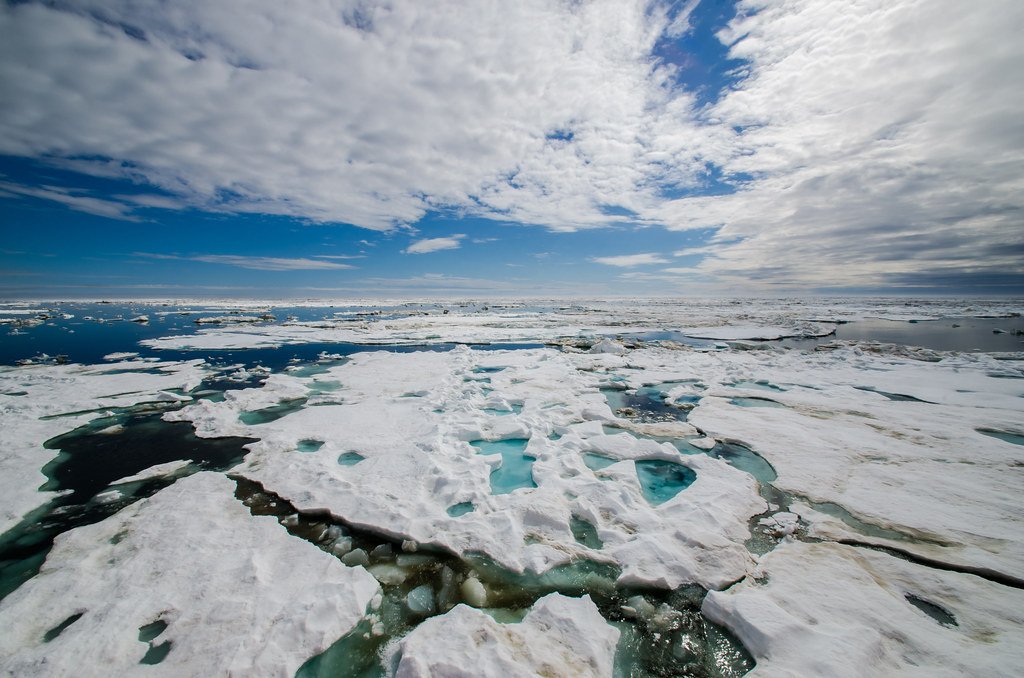
Microscopic organisms in soil and water play crucial roles in regulating Earth’s climate systems, absorbing and releasing greenhouse gases through their daily activities. Certain bacteria can convert methane into less harmful compounds, while others produce or consume carbon dioxide as part of their metabolic processes. Ocean phytoplankton populations directly influence global weather patterns through their effects on ocean chemistry and cloud formation. Forest soil microbes determine how much carbon gets stored underground versus released back into the atmosphere. Understanding and protecting these microscopic climate regulators may be essential for addressing global warming.
The Economics of Small Things

The economic value of ecosystem services provided by small organisms exceeds trillions of dollars annually, yet these services are rarely included in economic calculations. Pollination services alone save farmers billions in manual crop fertilization costs. Natural pest control by insects and other small predators eliminates the need for massive pesticide applications. Soil organisms provide water filtration services that would cost billions to replicate with human technology. The pharmaceutical industry continues to discover new medicines from compounds produced by small organisms, from antibiotics to cancer treatments.
Symbiosis: When Small Meets Large
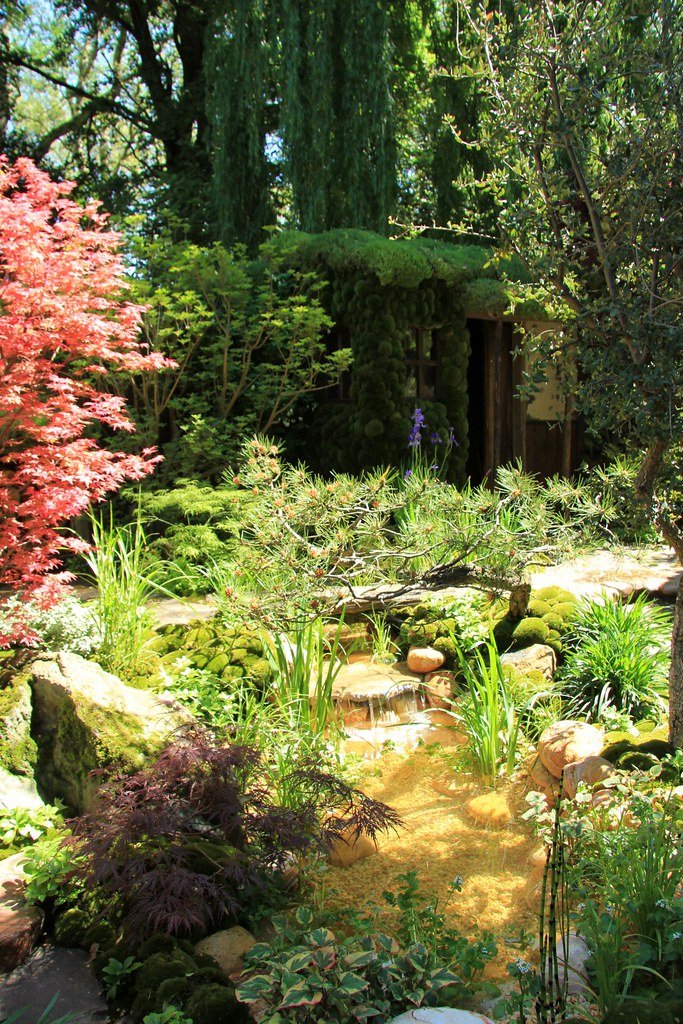
Many large organisms depend entirely on tiny partners for survival, creating partnerships that showcase the interconnectedness of all life. Your digestive system hosts trillions of bacteria that help break down food and produce essential vitamins your body cannot make alone. Coral reefs exist because of tiny algae living inside coral polyps, providing energy through photosynthesis in exchange for protection and nutrients. Many trees cannot survive without mycorrhizal fungi that extend their root systems and help them access nutrients from poor soils. These partnerships demonstrate that individual survival often depends on cooperation rather than competition.
Future Technologies Inspired by Small Things
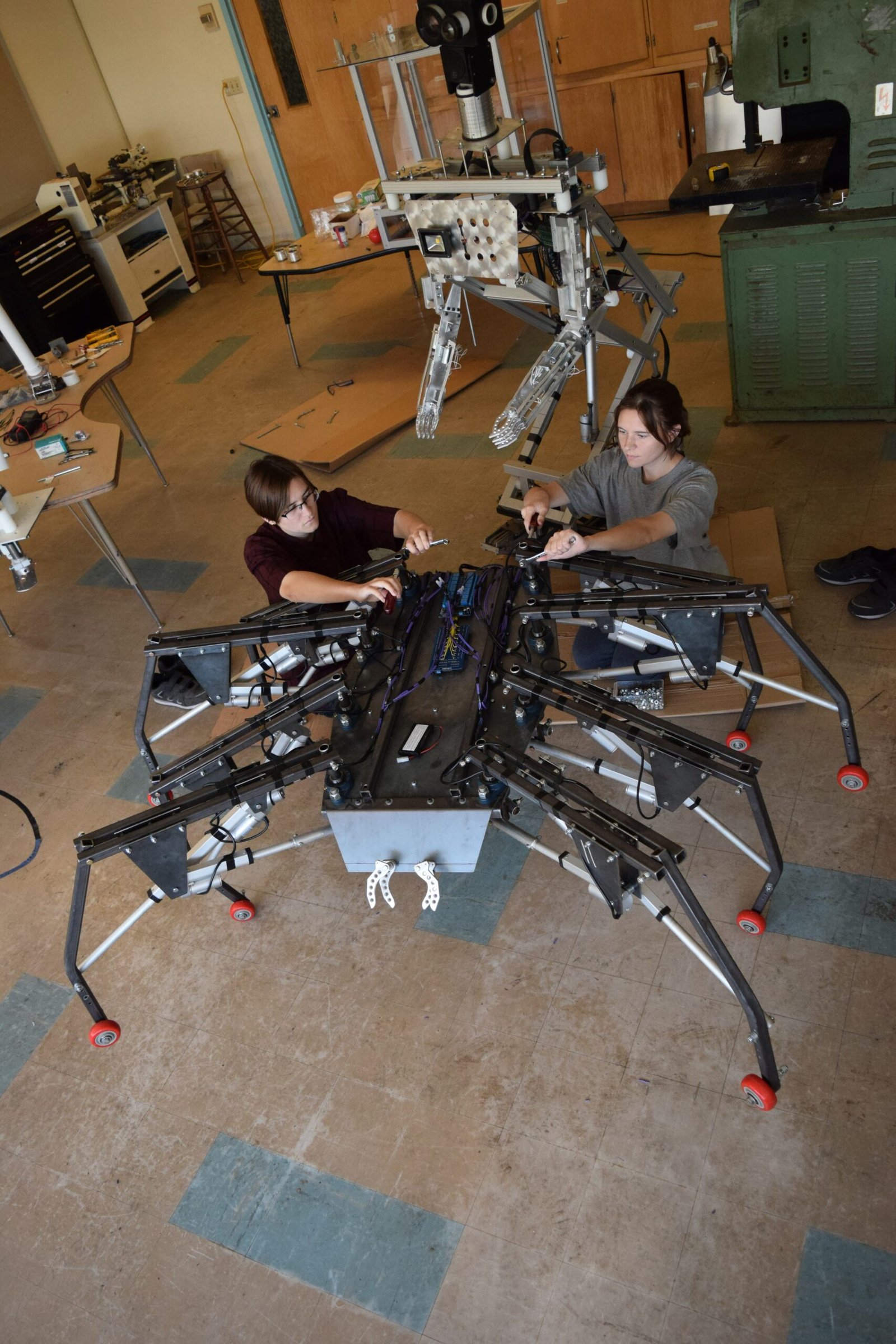
Scientists and engineers increasingly look to small organisms for inspiration in solving human technological challenges. Researchers study how geckos climb walls to develop better adhesives and climbing equipment. The way sharks’ skin reduces drag in water has led to more efficient swimsuits and ship hull designs. Understanding how birds navigate using magnetic fields could revolutionize GPS technology. Biomimicry research continues to reveal how small organisms have already solved problems we’re just beginning to tackle, from energy storage to self-healing materials.
The Power of Paying Attention
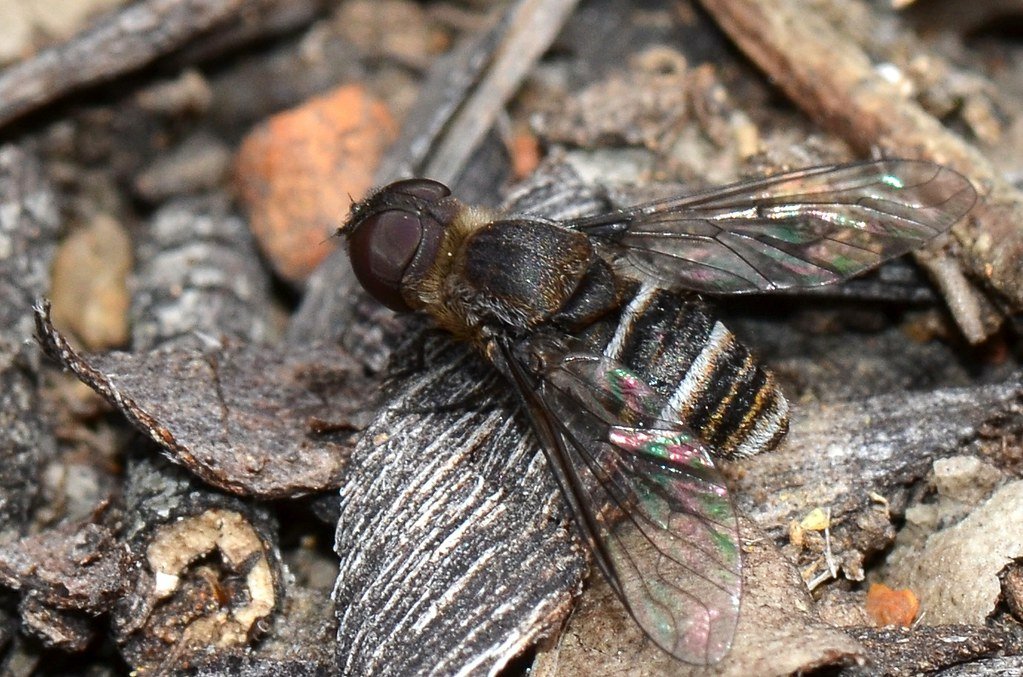
The next time you walk outside, remember that you’re stepping into a world where the smallest players often hold the most power. That ant carrying a crumb is part of a superorganism that could teach us about cooperation and efficiency. The fungi growing on a dead log are performing chemistry that keeps forests healthy and vibrant. The bacteria in a puddle might hold the key to cleaning up pollution or curing diseases. Every raindrop, every seed, every tiny crawling creature is part of an intricate web that makes complex life possible on this planet.
The question isn’t whether these small things matter – it’s whether we’re wise enough to notice them before it’s too late. What will you see differently on your next walk outside?



